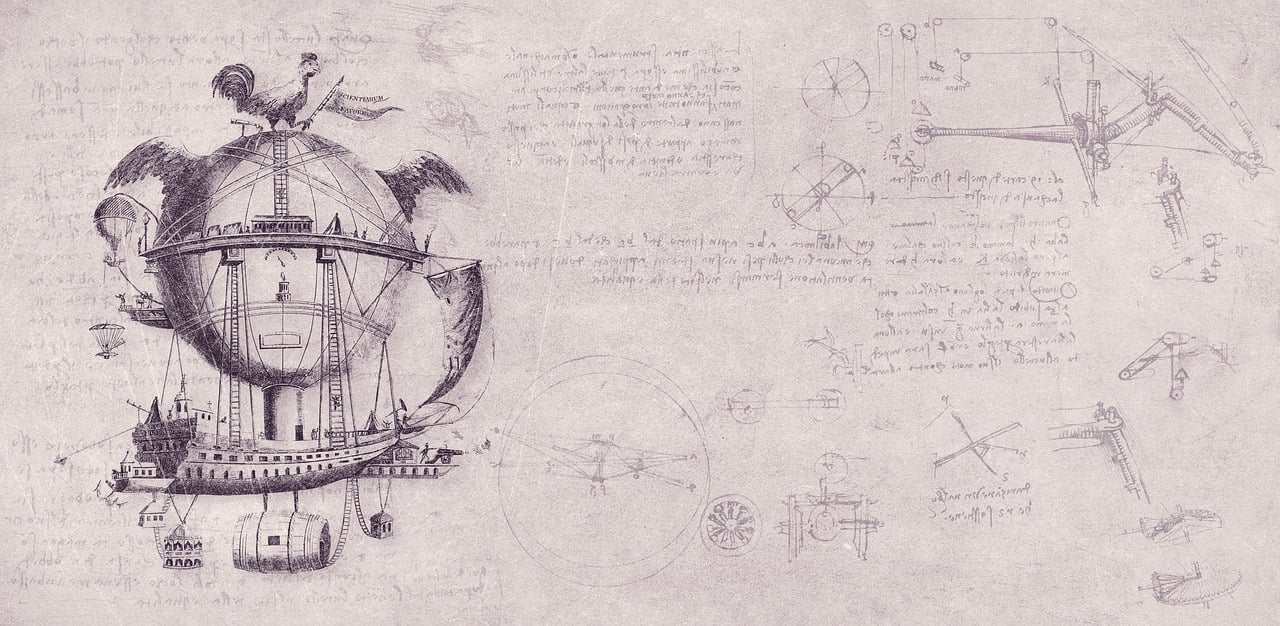In an era where the boundaries between the past and the present seem to blur, the marvels of history find new life in the present through auctions. The ability to acquire precious items, once secluded in the recesses of history, has become a captivating reality. It never ceases to amaze how the whispers of centuries past can now be heard through the auctioneer’s gavel, allowing us to glimpse the untold stories and genius of visionaries like Leonardo da Vinci. One such transcendent relic, the Codex Leicester, proves that the allure of history remains as potent as ever.
Named after Thomas Coke, Earl of Leicester, who purchased it in 1717, the Codex Leicester has a rich history that intertwines with the legacy of its various custodians. From its origins to its famous acquisitions, each transition adds a layer to the narrative of this remarkable manuscript.
Leonardo da Vinci’s artistic masterpieces, such as the Mona Lisa and The Last Supper, are celebrated worldwide. However, the Codex Leicester unveils another dimension of his brilliance—a fusion of art and science that was centuries ahead of its time. In these meticulously crafted pages, da Vinci explored a myriad of scientific subjects, including anatomy, engineering, geology, and hydrodynamics. The sketches and annotations provide a visual representation of his keen observations, blurring the lines between artistry and scientific inquiry.
Discovering the Mona Lisa after World War II
Within the Codex Leicester, da Vinci delves into the intricacies of human anatomy, showcasing his profound understanding of the human body’s structure and function. Detailed sketches of muscles, organs, and skeletal structures reveal a depth of knowledge that was revolutionary for his era. The integration of art into his scientific pursuits allowed da Vinci to communicate complex concepts with unparalleled clarity, bridging the gap between the two disciplines.
Da Vinci’s insatiable curiosity extended to the realm of engineering, where he envisioned and sketched a myriad of inventions. From flying machines and underwater exploration devices to innovative bridge designs, the Codex Leicester serves as a blueprint for ideas that were, at the time, seemingly fantastical. These visionary concepts highlight da Vinci’s ability to merge his artistic creativity with a deep understanding of scientific principles, showcasing a mind that transcended conventional boundaries.
The Codex Leicester also offers a glimpse into da Vinci’s geological explorations. His meticulous observations of rock formations, water flow patterns, and the Earth’s surface demonstrate a profound appreciation for the natural world. Through detailed illustrations and annotations, da Vinci emerges not only as a painter but as a pioneering scientist who sought to unravel the mysteries of the world around him.
(L-R) Vitruvian Man by Leonardo Da Vinci; Studies on the Ashen Glow of the Moon
In a significant turn of events, the Codex Leicester was purchased at auction from the Leicester estate in 1980 by the wealthy industrialist and art collector Armand Hammer for $5.1 million. This acquisition by Hammer reaffirms the manuscript’s status as a tangible piece of history.
The Codex Leicester’s journey continued to captivate as it changed hands once again. In a historic sale on 11 November 1994 in New York, the manuscript was sold to Bill Gates by Christie’s for a staggering $30,802,500. Until 2021, it held the title of the most expensive book ever sold. Gates, recognising the significance of this treasure, took a modern approach to preserve its legacy. He had its pages scanned into digital image files, some of which were later distributed as screensaver and wallpaper files on a CD-ROM as part of a Microsoft Plus! for Windows 95 desktop theme.
The novelty of witnessing such precious items unfold through auctions continues to inspire wonder, reminding us that the stories of the past are not confined to the pages of history books but are alive and palpable, awaiting discovery in the auction halls of today.
Words by Anithya Balachandran.
Featured Image JF Ptak Science Books.







